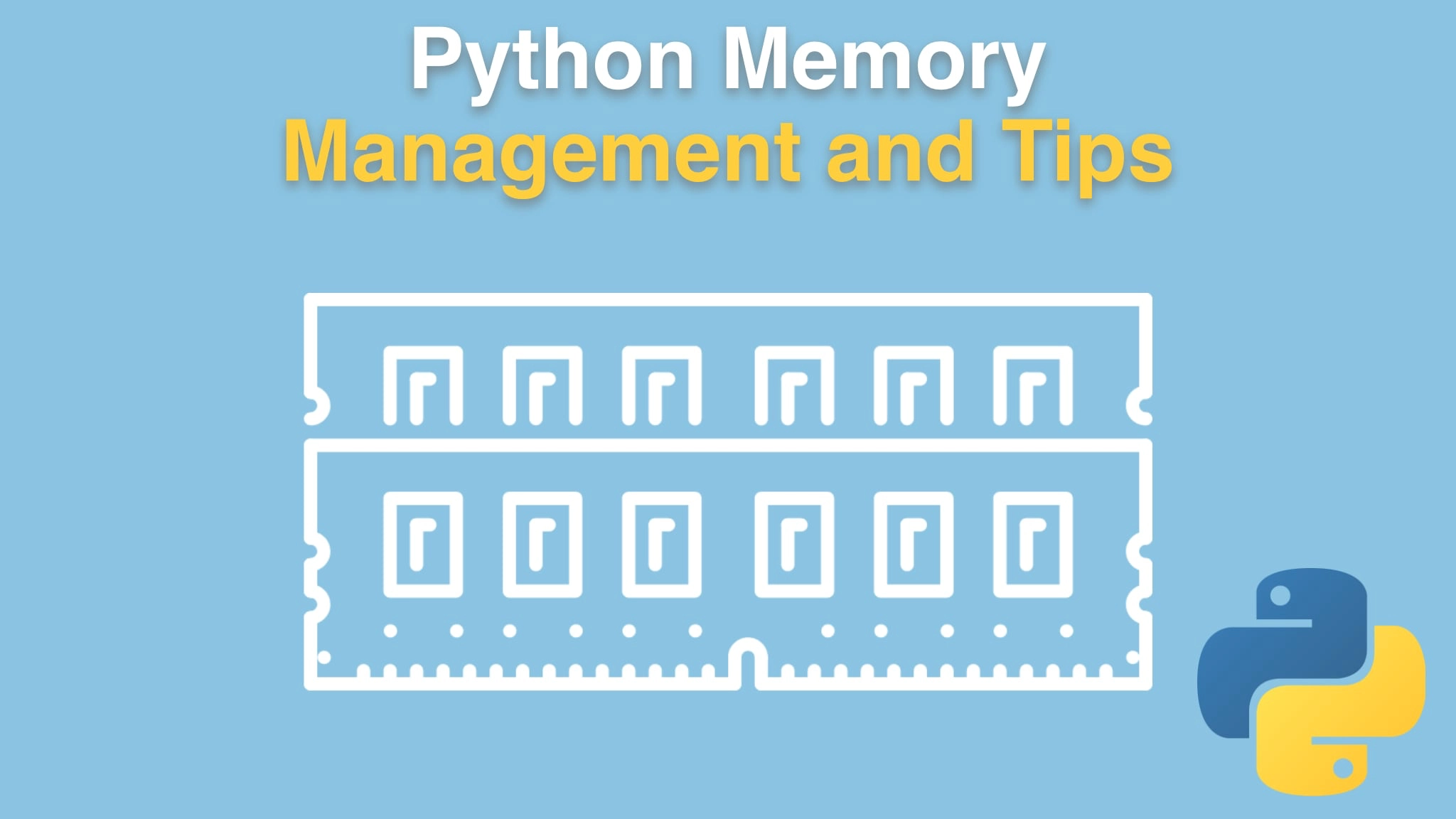Python Memory Management and Tips Transcripts
Chapter: Allocating memory in Python
Lecture: Allocation blocks
Login or
purchase this course
to watch this video and the rest of the course contents.
0:00
Let's start at the lowest level where the actual objects are stored in memory. Instead of
0:06
allocating as we saw at the very beginning of this chapter 17 bytes or 20 bytes or
0:12
whatever you need exactly for a thing just randomly where you've got a gap in your memory, Python uses these things called blocks.
0:21
Blocks are chunks of memory of a certain size, and each block is designated to hold objects of a certain size.
0:30
So, for example, we might define a block that holds objects of 24 bytes, or around 24 bytes, let's say. The places where the objects go are 24 bytes
0:42
and anything that's between 17 to 24 bytes is allocated into those 24 byte spaces.
0:49
And sure, if you've only got 20 bytes you need and you stick it into a 24 byte spot, you're wasting, quote "wasting" 4 bytes,
0:58
right? You could have packed it a little bit tighter. But this algorithm allows Python to create these sets of memory,
1:04
that it's really easy to allocate stuff into once it's freed up, just un-assign it, but not give it back to the operating system,
1:11
necessarily. Then when you want to allocate something new, maybe next time it's 22 bytes, you can use that same little spot and reuse it.
1:18
Okay, so that's the idea of these blocks. And there's some rules. One of the rules is it only holds, each block only
1:27
holds things that fit into its block. So if you've got one, that's the size for a 24 byte element, things of 17 to 24 bites go in there,
1:36
but they kind of waste the space if they don't totally fit and you can see they're broken into these different categories.
1:43
So once of block is allocated, it's always dedicated to its size. Its either a bunch of stuff that fits into 24 byte pieces or 16 byte pieces
1:52
and so on. So you can think of Python allocating these blocks, for of the different size of allocation it's going to do and then be able to
1:59
just reuse that memory. It doesn't have to go back to the operating system, free up memory, ask for more memory,
2:05
get that fragmented on in RAM and things like that. It can get a whole bunch of space for those pieces of those small objects that
2:13
it needs and just works with it internally, and it's more efficient that way.
